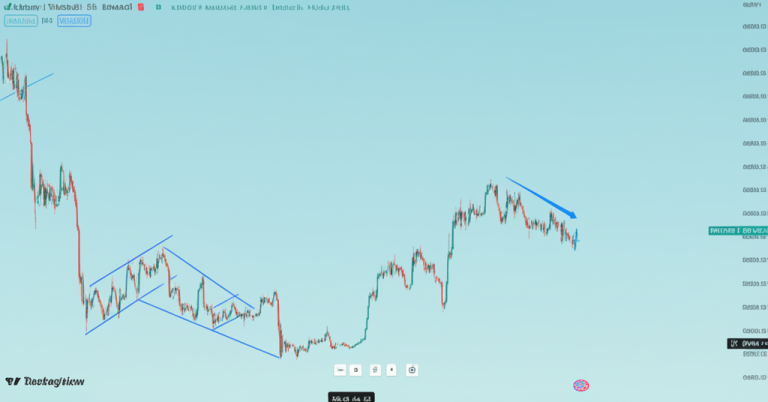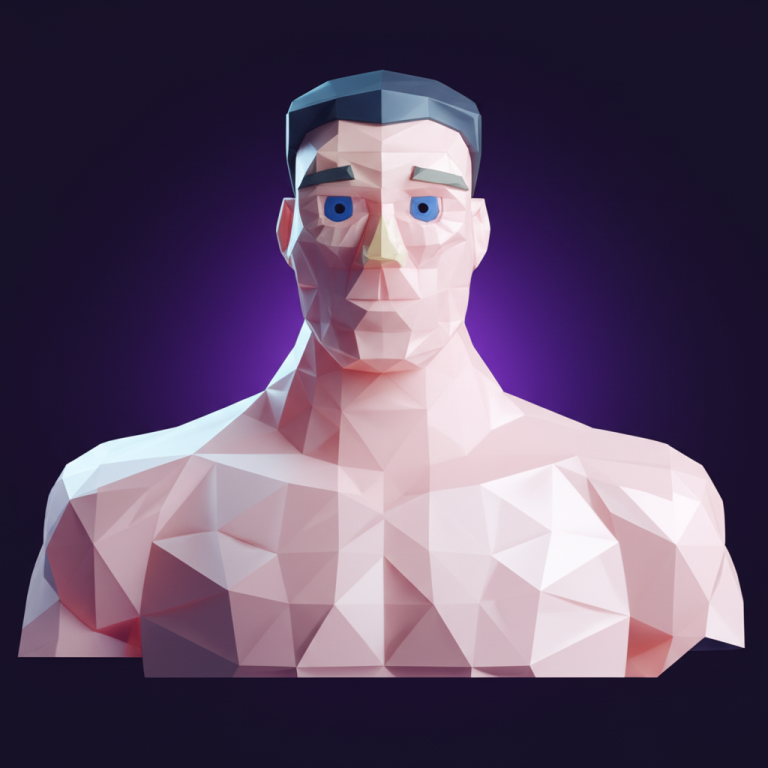The Human Verification Revolution: Sam Altman’s Orb and the Future of Digital Identity
Introduction: When AI Blurs the Lines Between Humans and Machines
Two years after ChatGPT reshaped human-machine interaction, its creator, Sam Altman, is once again in the spotlight. This time, he is attempting to solve a problem partly created by his own innovations: how to prove that the entity on the other side of the screen is human. The Orb eye-scanning device, launched by the World project, aims to establish a “human passport” for the digital world using biometric technology. This move is both a science fiction prophecy and a reflection of real-world anxieties—when AI can perfectly mimic humans, “authenticity” itself becomes a scarce resource.
The Technological Logic of Orb: From Iris to Blockchain
The Ultimate Biometric Defense
The core of Orb is an iris scanning system. Unlike traditional fingerprint or facial recognition, iris patterns offer higher uniqueness and anti-counterfeiting capabilities. The device captures detailed images of the user’s eye using multispectral imaging, generating encrypted biometric data. Notably, World claims that the original images are stored only on the user’s device, contrasting sharply with common cloud storage methods.
Blockchain-Enabled Digital Identity
After verification, the system creates a “World ID” based on blockchain technology. This decentralized design allows identity credentials to be used across platforms and prevents any single entity from controlling them. Alex Blania, co-founder of Tools for Humanity, emphasizes that “during the verification process, the platform does not obtain personal identity information,” addressing the core issue of privacy leakage in traditional verification methods.
On-Ground Challenges: Market Acceptance from the Flagship Store in San Francisco
The launch event on May 1, 2025, at Union Square in San Francisco was dramatic—technical glitches caused all devices to malfunction. This “Black Mirror”-like embarrassment exposed the complexities of hardware deployment. However, deeper issues lie in public trust:
– Privacy Paradox: Despite using encryption methods like zero-knowledge proofs, linking biometric data with blockchain still raises concerns. The San Francisco Chronicle described the on-site experience as “Black Mirror scenario come true.”
– Scenario Adaptability: The current deployment of 20,000 devices is insufficient to meet market demand in the United States. The release of the portable Orb Mini shows the team is optimizing the user experience, but its functional limitations (no support for calls or SMS) may slow down its adoption.
Building a Commercial Ecosystem: Identity Infrastructure for the Web3 Era
World is constructing an ecosystem with three layers:
This design allows Orb to transcend a simple identity tool, evolving into digital economic infrastructure. Jake Brukhman, co-founder of CoinFund, notes that this will reshape everything from finance to online dating.
Ethical Controversies and Regulatory Forecasts
At the IAPP Global Privacy Summit, Altman admitted, “People need time to adapt to new technologies.” This cautious attitude reflects deep industry lessons:
– Data Sovereignty Debate: While MPC (multi-party computation) technology enhances security, biometric data, once on the blockchain, exists permanently.
– Social Equity Concerns: Reliance on high-end hardware may exacerbate the digital divide.
– Regulatory Gray Areas: Existing legal frameworks do not yet cover the definition of rights and responsibilities for blockchain identities.
The GDPR’s “right to be forgotten” in the EU conflicts fundamentally with the immutable nature of blockchain—this will be a key battleground for future legislation.
Conclusion: Redefining the Digital Existence of Humans
When Altman says, “This is the infrastructure for the future internet,” he envisions an era where machines and humans need new types of contracts. Orb is not just a technological product but a philosophical declaration—in a world ruled by algorithms, “being human” requires new forms of proof. The success or failure of this experiment will determine whether we can defend the last bastion of humanity in the face of the AI tide.
資料來源:
[1] techcrunch.com
[2] www.cbsnews.com
[3] www.axios.com
[4] iapp.org
[5] sfstandard.com
Powered By YOHO AI





